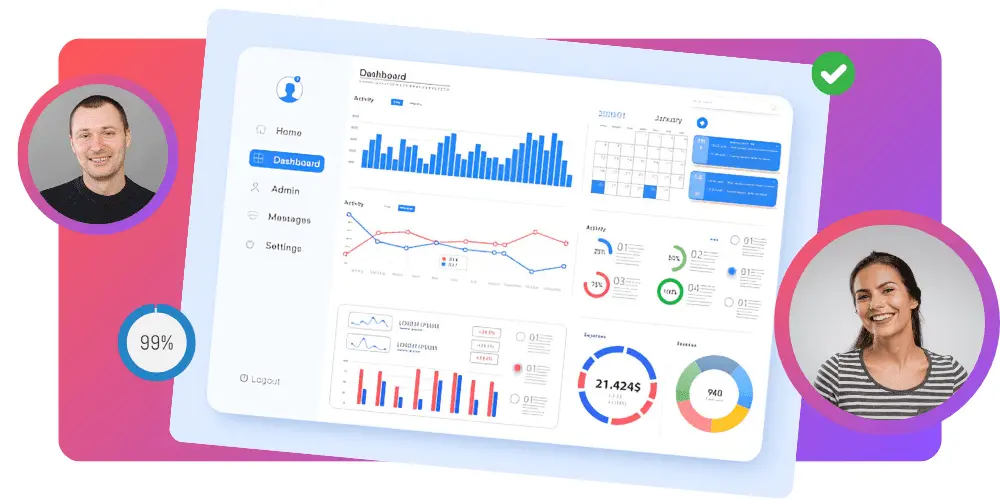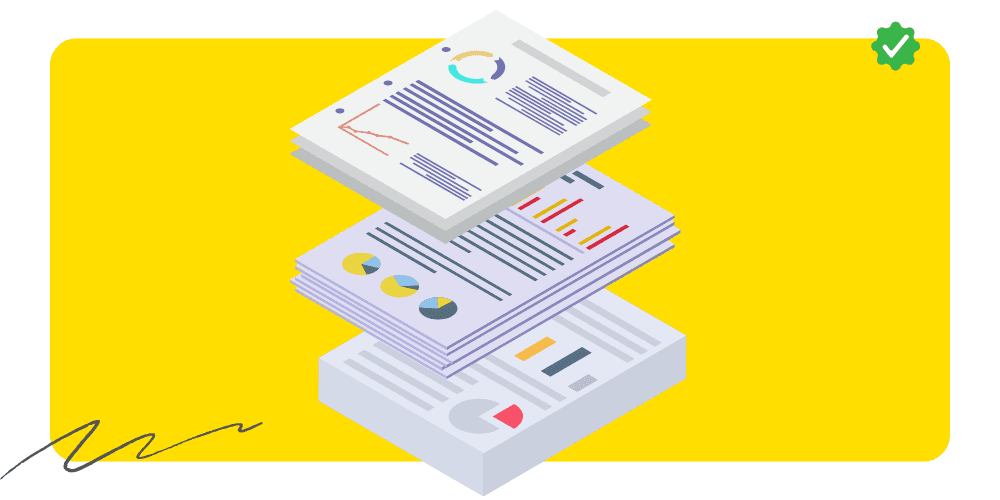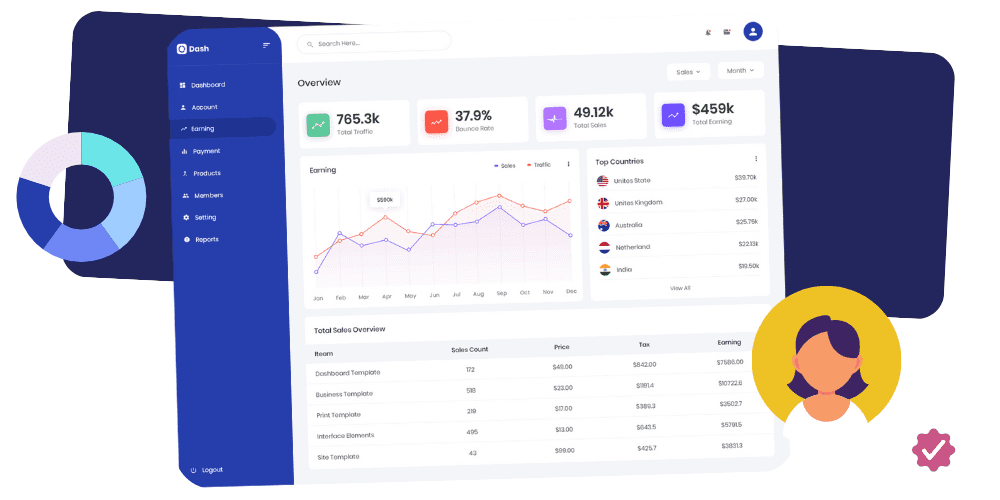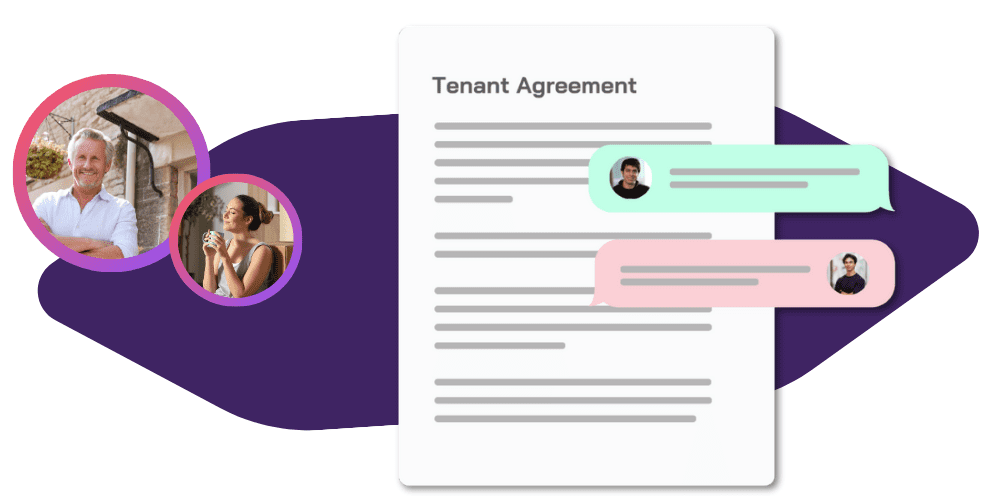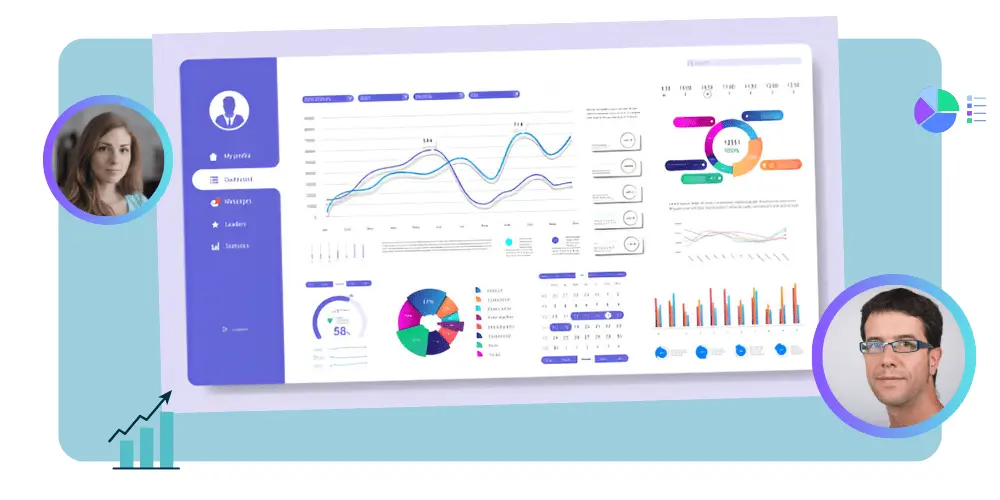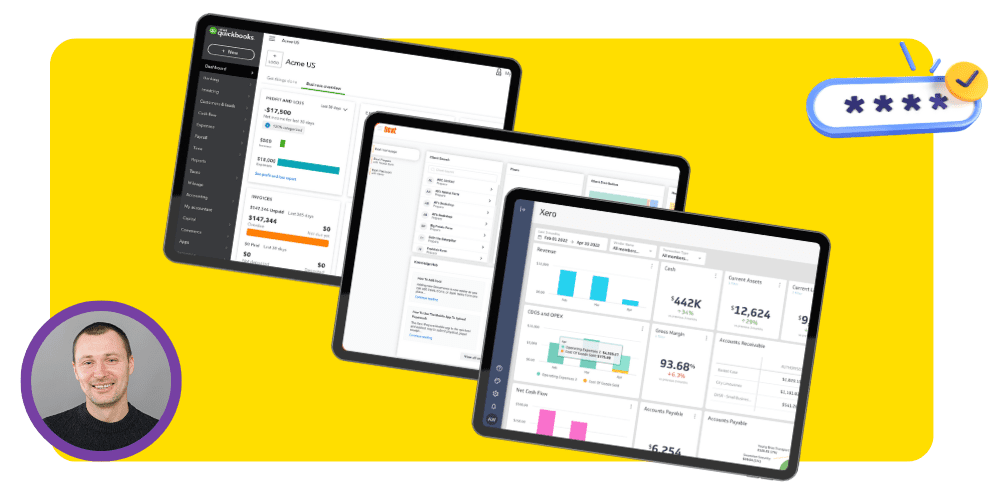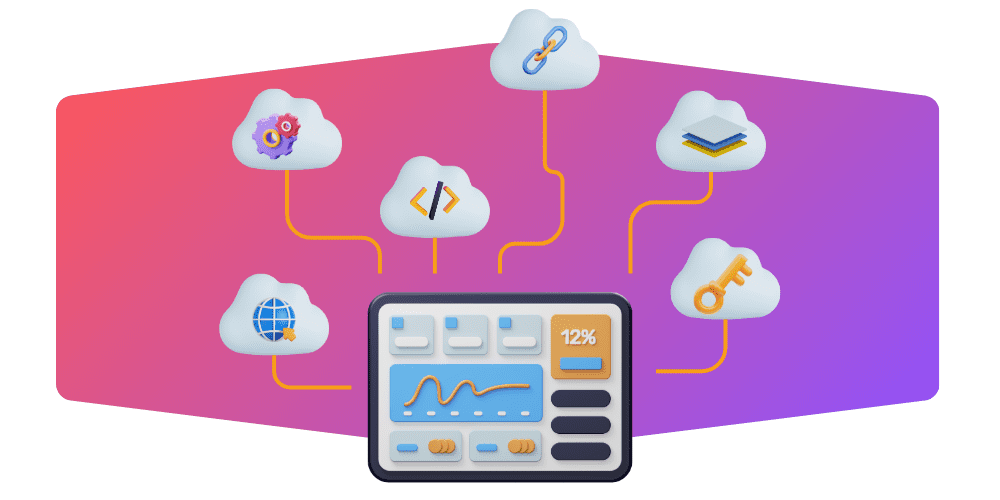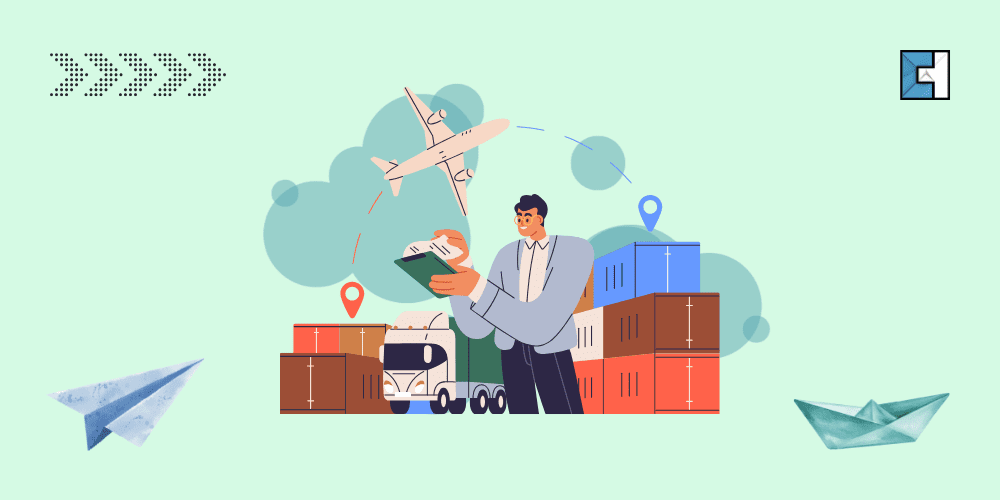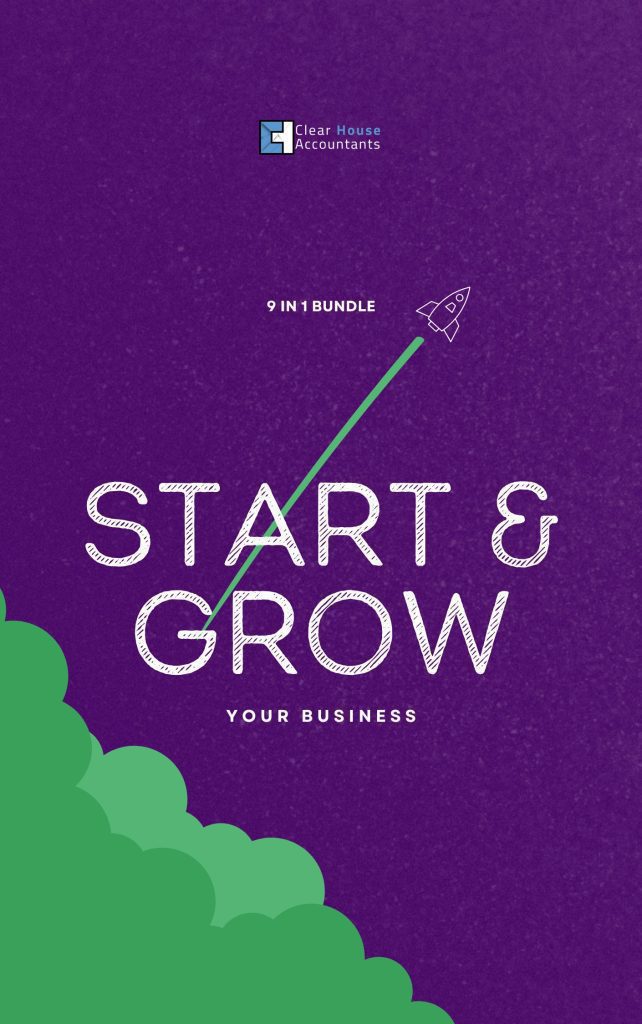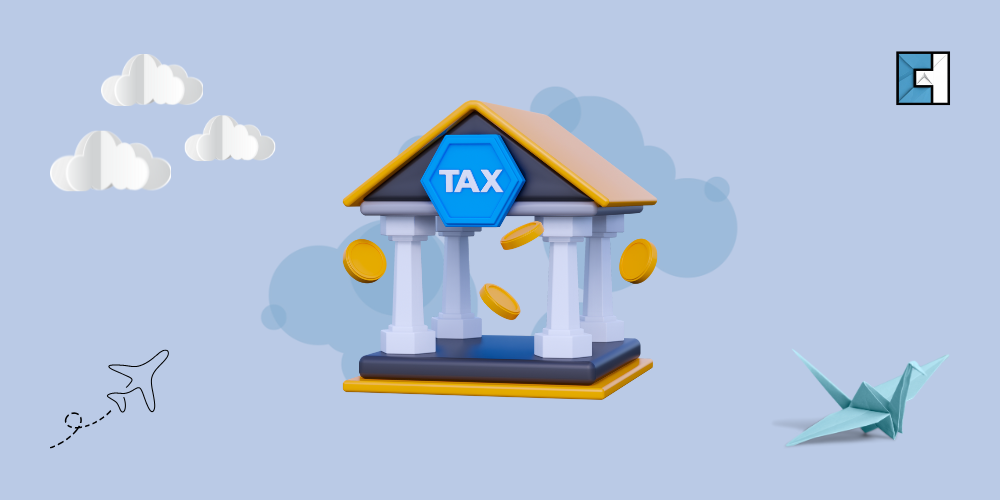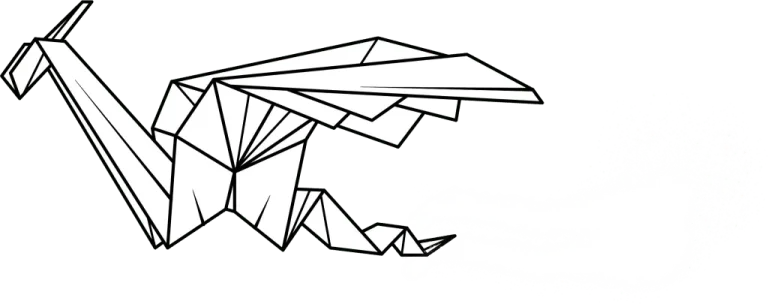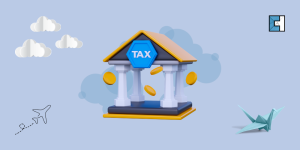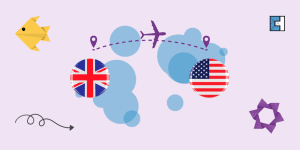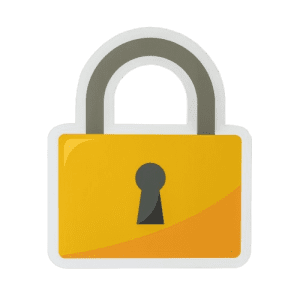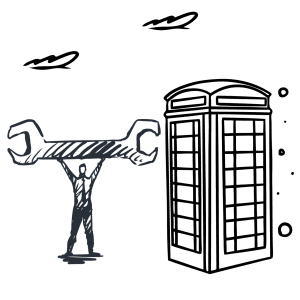Since July 1st, 2021, the new VAT compliance introduced by the EU has been in full effect, which has led many businesses working in the UK to rethink their plans of trading into the EU. This in-depth guide will explore all the implications of the changes made, how the new tax policy works, and, most importantly, how this would affect your non EU business.
What Is IOSS?
IOSS is the new VAT reporting and payment system that allows for a more convenient time for selling or purchasing goods and services from countries outside the EU. One-Stop-Shop IOSS states that businesses supplying goods from outside of the EU would be liable to pay VAT at the point of sale rather than the point of import if the total consignment value of the supplies is less than €22, as the consignment would only be subject to VAT and free from customs duty taxes.
The most important thing to note is that when registering for IOSS, you can register under any EU state and conduct business throughout the EU. But for the UK, gets additional benefits from the border they share with the EU.
In the UK, IOSS will only affect importing goods leaving through the Northern Ireland protocol, or if a UK business explicitly has EU customers and they have been conducting business together.
How Does It Work?
The process of IOSS may sound complicated but is very straightforward in practice. Here is a step-by-step as to how IOSS will work if you own a UK business and have decided to get registered in any EU state for IOSS.
- Suppose a customer residing in the EU orders goods with an intrinsic value of €150, or £135, from your business.
- You accept the payment from the customer with VAT already included in the total.
- The goods get dispatched from the UK and are imported into the EU but are not subjected to excise duties.
- Customs make sure that the IOSS VAT ID is valid and completes an inspection of the goods.
- Goods are delivered to the customer.
- You will now have to send a complete monthly IOSS report to your EU-established intermediary tax authority in the EU or Northern Ireland.
- The report will then be filed with the Revenue in the respective state by the intermediary tax authority.
- You then pay the total monthly VAT liability to Revenue via electronic transfer.
- Revenue of the respective state pays all other EU tax authorities on your accord.

Why Was There A Need For IOSS?
The IOSS scheme was introduced to facilitate the EU government’s collection of the accurate VAT rate applicable and prevent suppliers from taking advantage of the VAT-free import laws.
Moreover, IOSS also helps customers avoid hidden charges when purchasing goods from a non-EU country. However, currently, IOSS only applies to goods and services sold online or through online interfaces or an online marketplace (OMPS) facilitating the sale of goods.
OMPs are online marketplaces that help customers reach out to overseas sellers and buy goods that are not locally available. According to the new VAT policy, it is now the responsibility of the OMP to make the payment of VAT return on the sales made to consumers in the EU and will be deemed responsible for any discrepancies. This has allowed for a more efficient VAT collection system as the OMP will pool up the VAT return on all sales made throughout the business period.
However, to do this, the suppliers from outside the EU who have customers in the EU would need to register for VAT in all the states they have customers in. This process can get very complicated, and to avoid it, the government has introduced this new VAT Payment and reporting system called the Import One Stop Shop or IOSS.
How To Get Registered For IOSS?
Since 1st April, the IOSS portal has been made available for any online seller looking to get an Import One Stop Shop registration under any EU member state at their discretion. However, a business outside the EU would need to find an intermediary in the EU to conduct VAT proceedings on their part. This stands true for the UK as well, so If you are a business located in the UK, you can register for IOSS from the UK but require an intermediary to fulfil your EU VAT rules. Clear House has an intermediary set up in the EU to help you with this.

How Can An Electronic Interface Register For The IOSS?
Your electronic interface can get registered with the IOSS at the portal on your preferred state’s website, made available to the public, and can get registered with any of the EU member states of choice. However, if your interface is not located in the EU, you would require the assistance of an intermediary situated within the borders of the EU to help you undertake your VAT obligations under the IOSS.
When Is An Electronic Interface Liable For VAT on Goods Imported?
Your electronic interface is liable for VAT on imported goods if,
- The goods are dispatched from outside the borders of the EU at the time of their sale.
- Goods are dispatched in a consignment with a total value lesser than €150, or £135, even if the consignment contains more than one item.
- The goods are not subjected to excise duty.
For your electronic interface to be liable for VAT on imported goods, it needs to have played an essential role in setting up the sales of goods and the communication between the buyer and the seller.
Video: What IOSS Can Mean For Your UK Business?
Is It Mandatory To Get Registered?
Getting registered for IOSS is not mandatory as you are still able to send DDP(delivery duty paid) or DDU(delivery duty unpaid). If what you’re dealing in have been low-value goods, and the price of setting up an IOSS is more than the revenues you are generating then you can continue doing business with the help of DDPs, and DDUs.
However, with DDP, your costs may see a sudden increase as your mail carrier can surcharge you for the VAT. Similarly, in the case of DDU, your mail carrier can demand the VAT paid by the customer along with sometimes a hefty handling fee, which may cause the transaction to turn into a very bad customer experience for your EU consumers, ultimately affecting your business.
Who Should Be Concerned?
Although the initiative taken was for the region’s greater good, retailers operating from the UK and conducting businesses in the EU might be affected by the policy. However, the provision of the IOSS will put them in a more advantageous position than using the traditional ways of calculating and filing their VATs.
A few of the businesses most likely to be affected by these changes include,
- Suppliers that used to work on “business to consumer” terms in their supplies of services to the EU.
- Intra-community distance sales of goods.
- For deemed suppliers, such as a marketplace that supplies goods domestically.
- Distance sales of goods imported in consignments with an intrinsic value of less than €150.
Businesses that are a part of the industries, as mentioned earlier, would need to be a lot more vigilant and ensure that they get registered with the IOSS so as not to lose any benefits, as some of the schemes presented within Import One Stop Shop will only take effect at the start of a calendar quarter so missing out on such a deadline can prove to be a costly mistake. Additionally, early movers will have an advantage in learning the new rules incorporated with the IOSS program. If violated, you may face potentially high penalties, such as being barred from availing of the One-Stop-Shop schemes.
To ensure that you find the right intermediary for your business, you must be ahead of the rest of your competitors and find the best deals for yourself.
What Is Distance Selling?
The selling of goods and services through media such as television, radio, mail order, or by phone is known as distance selling. Although the rules of distance selling have stayed the same as they were before Brexit, the thresholds set by different states in the EU, which ranged from €35,000 to €100,000 (the UK threshold was £70,000), have been changed to a single Pan-European threshold of €10,000 (£8,818) that is to be accepted by all the states in the region. This threshold applies to all countries in the EU and countries trading with it, meaning that if goods are imported from the EU to the UK or from the UK to the EU above the threshold, they would be subjected to these new VAT rules.
Conclusion
With the introduction of IOSS going through reform, sellers in the UK have started getting themselves set up to undertake this new VAT collection method underway, as it has made the entire process a lot more efficient. If you are still unsure about how the process works, we are here to help you get acquainted with these changes. Learn all you need to know about the new VAT treatments and how they affect your business with the help of our expert advisors. If you require assistance with the treatment of domestic trade VAT in the UK, our tax specialists are available to help ensure effective treatment and efficient filings.




